
Test drive Audi Q3
More than once I recalled the extra 5 mm of the updated Audi Q3 when I squeezed through Swiss streets, even narrower due to repairs and through underground parking lots that looked like dark winding holes. You enter the elevator in the car, go down to the parking lot in it, and the first thing that lights up is the multicolored touch marks on the concrete wall.
If you add local gas prices to the cramped situation, it becomes clear why the most popular Audi in Switzerland is the A3. But Q3 is also often found on local roads. With the creation of the Audi Q3 in Ingolstadt, they proved that the front-wheel drive chassis with a transverse engine arrangement, which is usual for mass crossovers, is also suitable for premium cash registers. Snobs will tell you that rear-wheel drive is more premium, but the cross-motor arrangement allows for better packaging of a small car. In addition, the Q3 is built on the Volkswagen Tiguan platform, which allowed Audi to save money on its development. Yes, it's a hamburger, but with marbled meat and from the chef. Following the same recipe, the Mercedes-Benz GLA was created, followed by the Infiniti QX30.
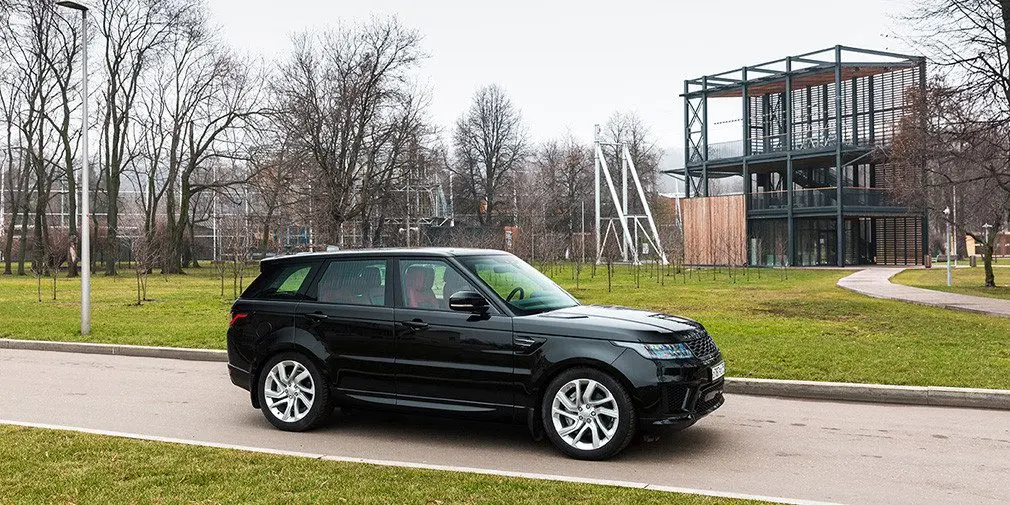
Position Q3 is still strong, so Audi limited itself to a slight restyling of its crossover. The front part has seriously changed - at the frame of the radiator grill there are linings that connect it with the headlights. The same technique was used on the new Q7. And it was invented by the ex-designer of the company Wolfgang Egger. In 2012 in Paris, he presented an unusual concept - the Audi Crosslane. In this car, the grille frame, windshield frame and C-pillar were part of a power frame protruding between body parts. Egger emphasized that the concept is purely design and should not be expected that future Audi models will have a spatial aluminum skeleton. The eccentric designer left Audi last year and even managed to change jobs once again, but his stylistic finds are still used on Audi's serial crossovers. The updated Q3 really resembles the Parisian concept.
In the cabin, everything is in the same places. Among the differences noticed, the "plus" and "minus" buttons on the airflow adjustment buttons were replaced with a smaller propeller and a larger propeller. Controlling the climate with the help of large swinging handles is comfortable, but after the Geneva innovations, it seems outdated. The Q3 multimedia system leaves the same feeling. The control of its functions using the handle on the center console is still inferior to the convenience of the MMI washers of the new Audi models.
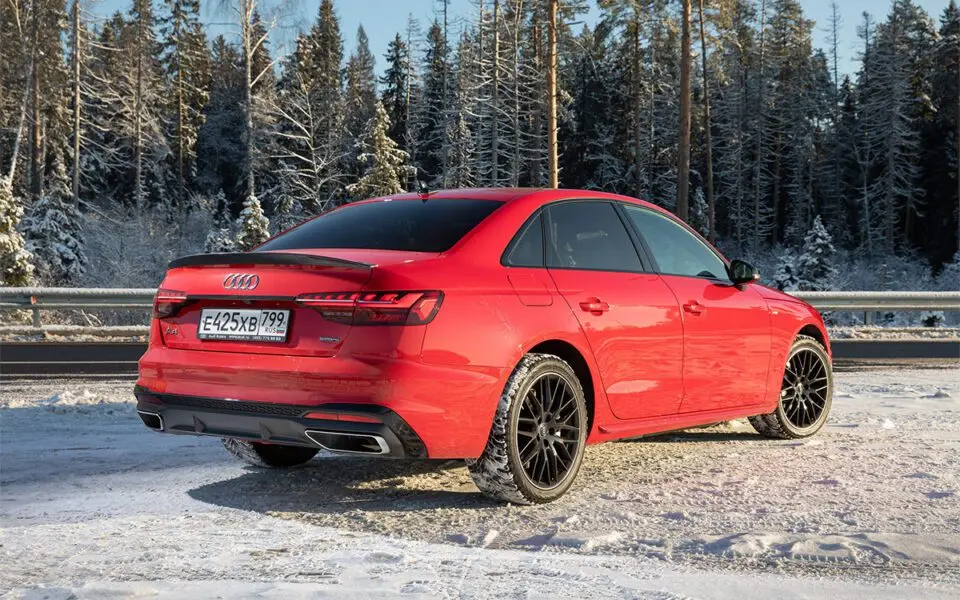
The wheelbase of the Q3 is perhaps the smallest among premium compact crossovers - 2603 millimeters. Legroom for the rear passengers is not so much, but the ceiling is high, which creates the illusion of spaciousness. The trunk is roomy - 460 liters, but its practicality has become a victim of style: the rear pillars are tilted too much.
There are also changes in the basic suspension. According to engineers, it has become more comfortable. However, it was not possible to check this: even on the simplest test car with "mechanics" and front-wheel drive, the Audi drive select system was installed with the ability to adjust the stiffness of the shock absorbers.
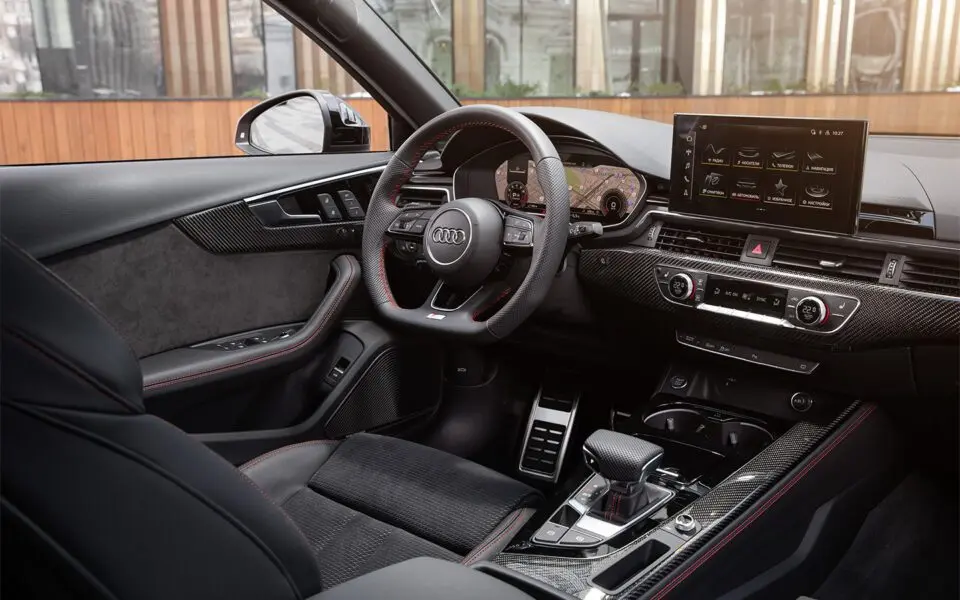
The initial 1,4-liter petrol engine develops 150 hp. and is equipped with the Audi cylinder on demand (COD) system, which switches off two cylinders in the absence of load, thereby saving fuel. We are used to seeing such systems on multi-liter power units, but a certain logic can also be found in the Audi idea: usually a car with such an engine is bought by thrifty drivers for whom it is not the dynamics that are important, but the average consumption. It has a Q3 with "mechanics" and a 1,4 turbocharger equal to an average of 5,5 liters in the European NEDC cycle, and CO2 emissions are only 127 g per 1 kilometer. Disconnecting a pair of cylinders saves up to 20% of fuel. Audi has promised that the engine will run extremely smoothly in economy mode. In the city traffic, this is really so: you only know about the shutdown of a pair of cylinders by the inscription on the dashboard display. But if you release the gas pedal while driving uphill, the engine seems to lose. It is necessary to accelerate sharply - a hitch.
There is no reason to rush in Switzerland. The latest traffic cameras record many violations at once, and the speed limits themselves are very strict. Crossroads in the city have time to pass two or three cars - the green light is on for only a few seconds, and huge fines are imposed on crossing the red signal. For such a leisurely movement, a low-volume engine is good, and half of the cylinders are turned off, and the start-stop system.
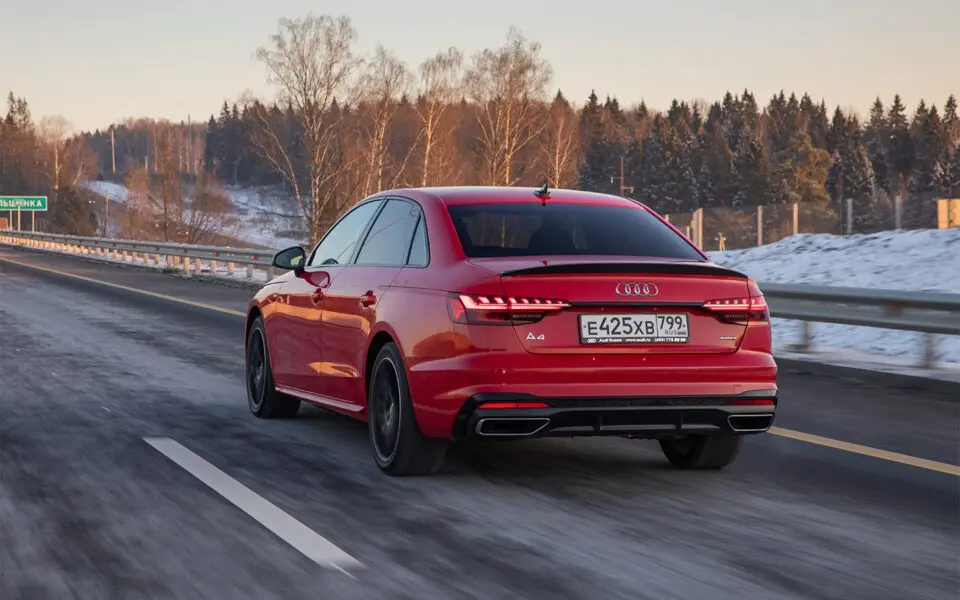
For the Russian market, environmental performance is not so important. And the Russian buyer of Q3 is unlikely to like the fact that the car turns into a small car, one has only to release the gas pedal. Therefore, it is not at all surprising that the 1,4 engine will be offered on the Russian market without the Audi cylinder on demand (COD) system.
The six-speed "mechanics" is good with precise shifting, but the clutch pedal travel is long and viscous, and the setting moment is not felt very well. Nevertheless, for driving in heavy traffic, a robotic box looks preferable. And for driving on roads with a less strict speed limit, it is better to choose a more powerful motor. On the Swiss highways, the Q3, with its most powerful 2,0-liter engine (220 hp), has to be constantly upset. In combination with this unit, a 7-speed robotic gearbox with wet clutches is offered. After reconfiguring the transmission, the gearshifts became soft, and at low speeds the car no longer jerks. Audi drive select can coast the vehicle in green mode.
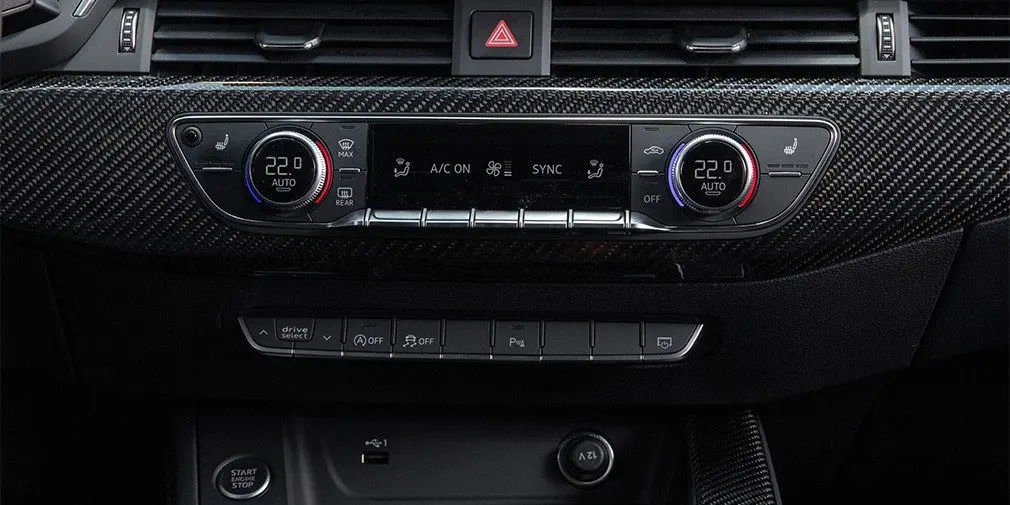
The test two-liter Q3 liked the handling more than the car with the 1,4-liter engine. The more powerful Audi is equipped with the S-Line sports package, which, in addition to external styling, implies the installation of a stiffer suspension with a 20 mm lower ground clearance. Such a car passes turns more accurately.
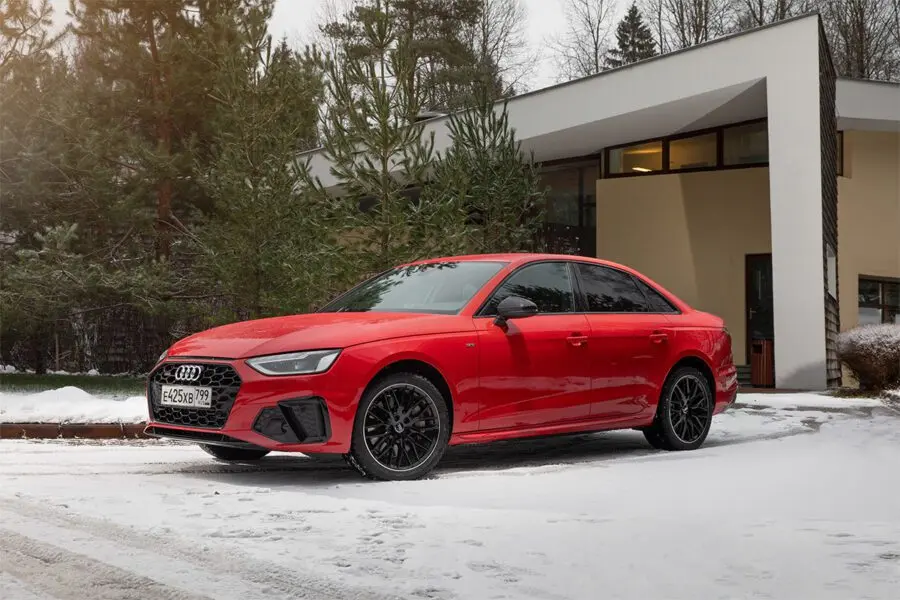
In the Russian market, Q3 was confidently leading in its segment. The updated crossover did not have time to appear in Russia, as it has already risen in price: price tags start at $ 20. Despite the price hike, it is still an affordable premium pass. For this money, you will be able to order a front-wheel drive car with a manual gearbox. Versions with diesel and gasoline engines with a volume of 840 liters will pull almost $ 2,0. But it's still inexpensive compared to competitors. So, the base price tag for the Mercedes-Benz GLA is $ 26, and the BMW X051 costs at least $ 23. Given the price advantage, Audi is clearly betting on inexpensive versions of the Q836.